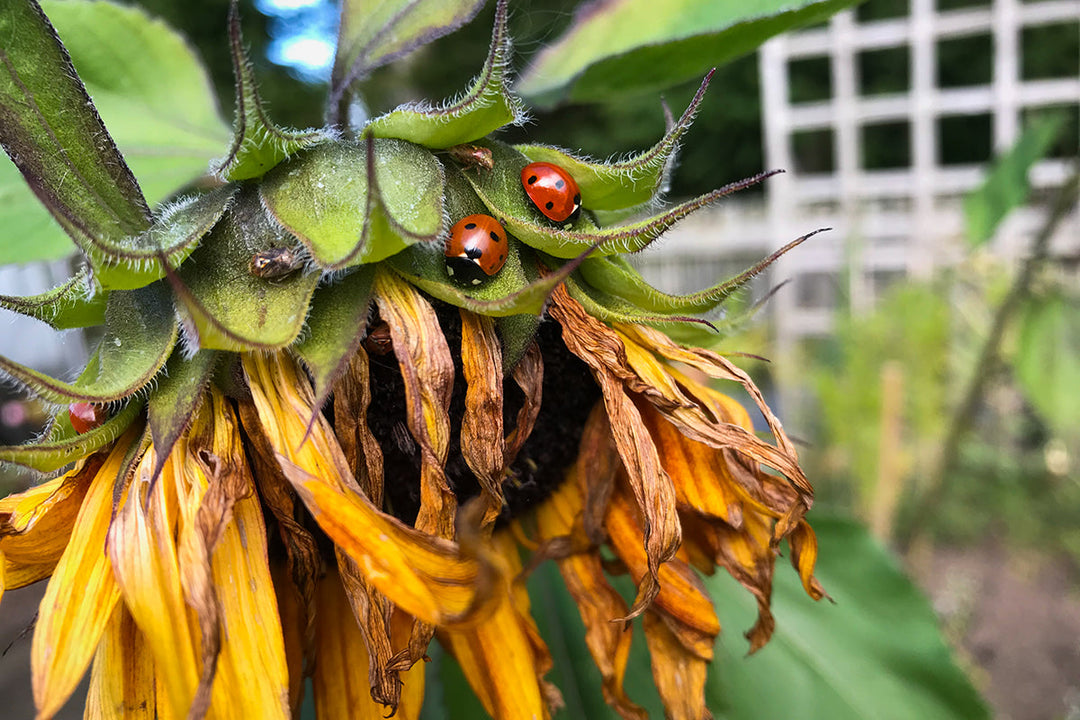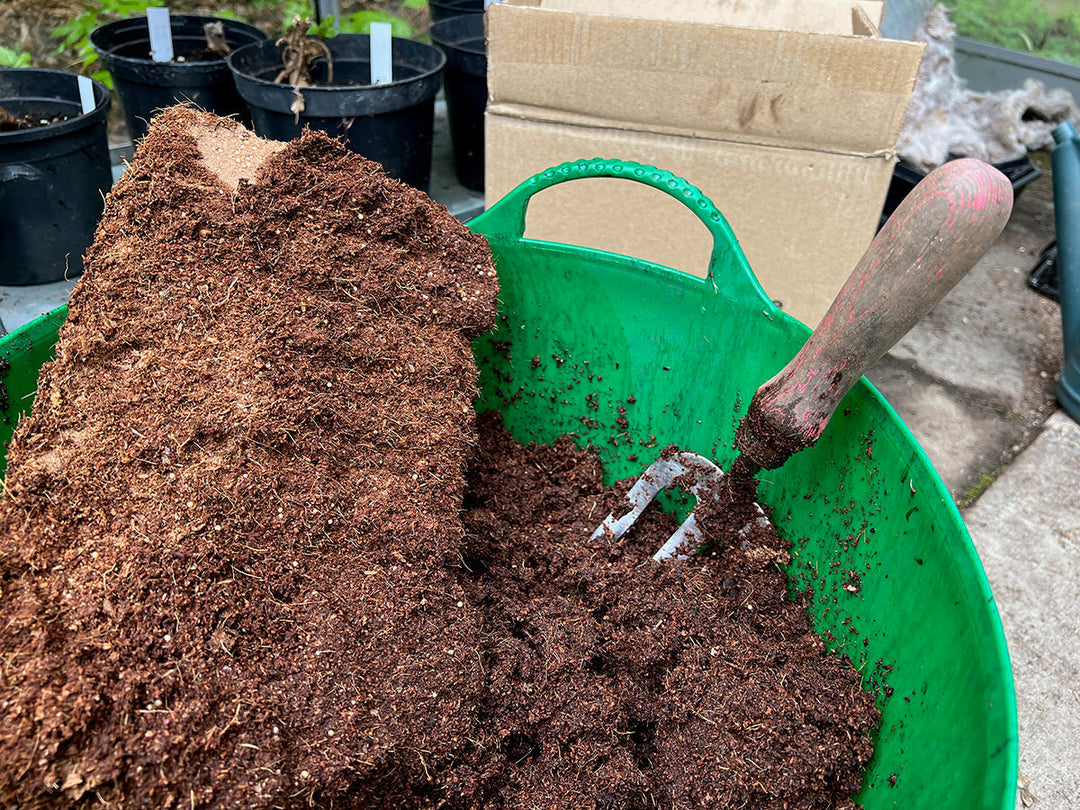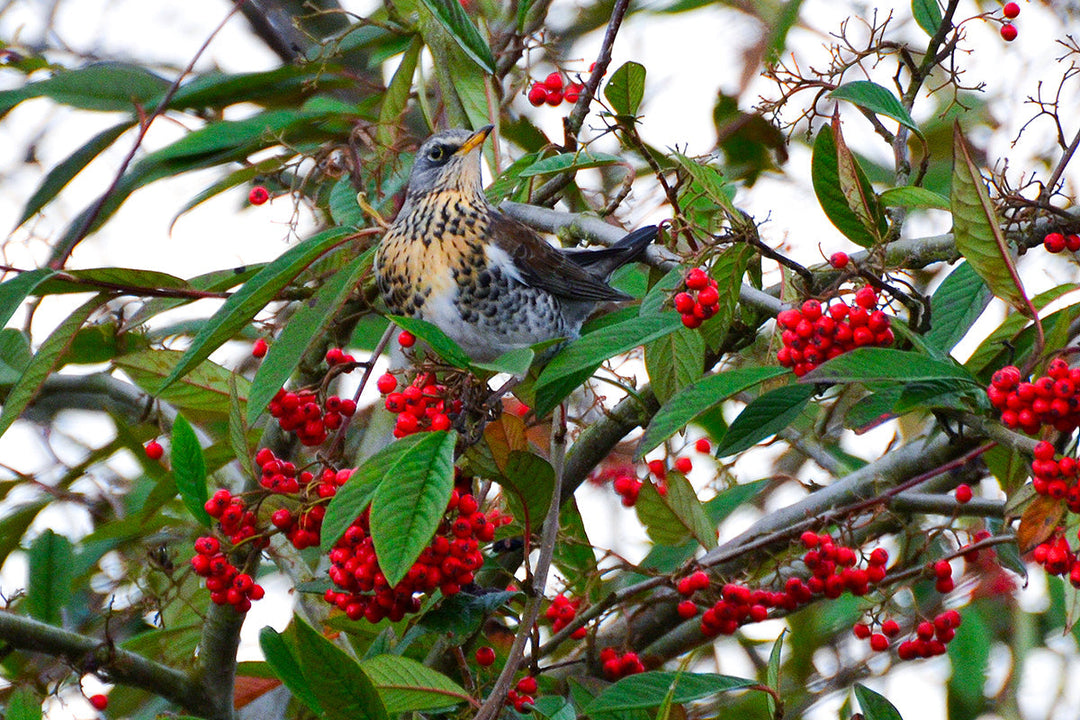How much fruit and veg - is it 5 or 7?

Five a day doesn't mean WEARING the fruit and veg
Eating fruit and veg has been a big topic in the news for some time. In the UK the campaign to “Eat 5 a Day” was launched in 2002 in the hope of persuading more of us to eat well and get the full benefits that fruit and veg can give us.
It seems that despite spending several million pounds on marketing and communicating “5 a Day” the impact has been minimal and depending on which sets of statistics you look at, the percentage of adults eating 5 portions a day has actually been declining. Now we hear that we should be eating 7 a day and this can “save lives”.
The latest British research shows that the benefits to physical and mental wellbeing of eating fruit and veg peak at 7 portions a day. The reason the UK government chose “5 a Day” is because this is the level at which cardiovascular health improves, and it was also seen to be a more realistic target to aim for.
What a shame that science alone isn’t likely to change our national eating habits! What stops people from eating more fruit and veg? It seems to be down to, habit, cooking knowledge, cost, and availability, so depending on who you are, where you live and the level of income you have, your fruit and veg eating behaviour is quite different.











